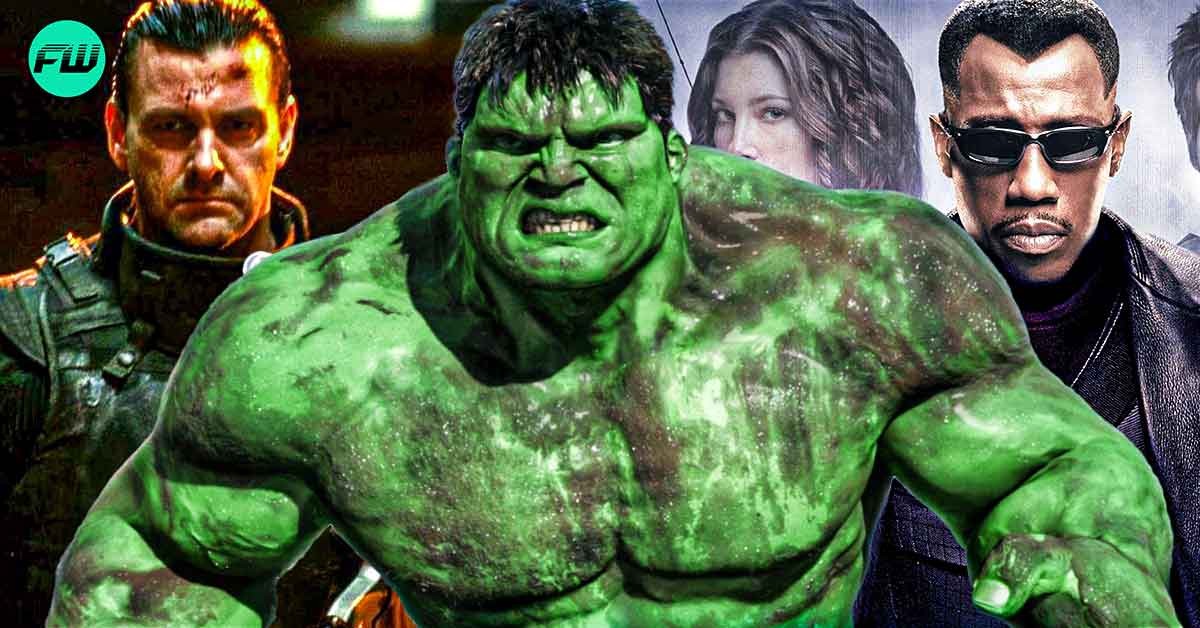Over the decades, Marvel has produced a vast array of superhero films, ranging from cinematic triumphs to, well, not-so-triumphant moments. While the Marvel Cinematic Universe has dominated the box office and garnered critical acclaim, there exists a hidden realm of Marvel films that often dwell in the shadows, far from the spotlight.
These are the Marvel movies outside of the MCU, a realm where the lines between cult classics and cinematic catastrophes blur. In this exploration, we embark on a journey through the annals of Marvel’s cinematic history to uncover the most notorious missteps, the most cringe-worthy characters, and the most regrettable adaptations ever to grace the silver screen. Brace yourselves as we dive into the depths of cinematic mediocrity and unearth the worst Marvel movies that time forgot.
10. The Amazing Spider-Man 2 (2014)
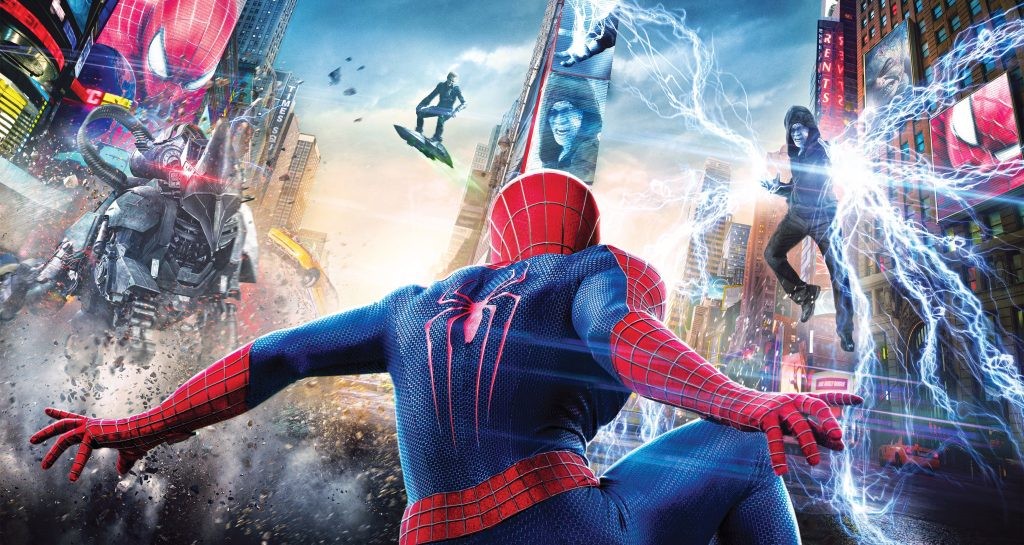
Furthering the exploration of Peter’s struggles with his responsibilities as Spider-Man and his complicated relationship with Gwen Stacy. Peter uncovers secrets about his parents and their involvement with Oscorp, the company responsible for many of the city’s problems. This leads to confrontations with new villains, Electro and the Green Goblin, as well as the Rhino in a brief and somewhat inconsequential appearance.
One of the major criticisms of The Amazing Spider-Man 2 is its overcrowded plot. The film introduces multiple villains and storylines, making it feel disjointed and unfocused. It struggles to balance the development of its characters and story arcs, resulting in a lack of depth for many of them. Despite having three main villains, Electro, Green Goblin, and Rhino, the film fails to give them adequate character development and motivation. Electro’s transformation from a meek and sympathetic character to a supervillain feels rushed and unconvincing. Thankfully, Marvel managed to redeem Andrew Garfield’s Spider-Man in the film Spider-Man: No Way Home.
9. Hulk (2003)

Brilliant scientist Bruce Banner is exposed to gamma radiation during an accident involving an experimental gamma bomb. This exposure transforms him into the Hulk whenever he experiences intense anger. The film explores Bruce’s efforts to find a cure for his condition while being pursued by the military and dealing with his father’s reappearance including his complicated relationship with his father David Banner, who conducted genetic experiments and his own repressed memories.
Hulk is often criticized for its slow pacing and excessive length. The film spends a considerable amount of time on character development and psychological exploration, which can make it feel ponderous and drag out the action sequences. Additionally, the film’s visual style, which attempts to emulate comic book panels, received mixed reviews. While some appreciated the creative approach, others found it distracting and disorienting. Additionally, the CGI used to create the Hulk character was considered unconvincing by many, making the titular character look more like a Marvel cartoon.
8. Punisher: War Zone (2008)

Frank Castle continues his one-man war on crime, brutally targeting criminals and the mob in New York City. When a botched operation results in the death of an undercover FBI agent, Castle becomes entangled in a conspiracy involving the notorious mob boss Billy Russoti, who later becomes the disfigured villain Jigsaw. Along the way, he forms an unlikely alliance with a vigilante named Microchip and an ex-cop, Detective Martin Soap.
Punisher: War Zone is known for its extreme violence and graphic content, which push the boundaries of what many viewers expect from a superhero film. The excessive gore and brutality can be off-putting to some audiences and result in a tonally inconsistent viewing experience. While other Marvel films like Deadpool and Blade have used excessive gore and violence, this film just seems to use it without any purpose.
7. Ghost Rider (2007)
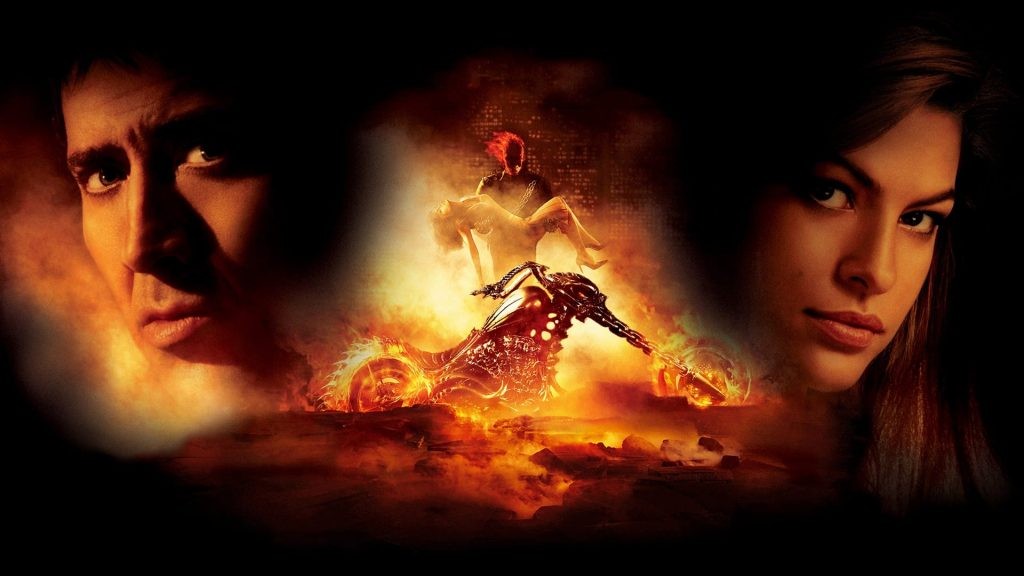
Stunt motorcyclist Johnny Blaze makes a Faustian deal with the devil, Mephistopheles to save his father from cancer. However, the deal backfires, and Johnny is cursed to become the Ghost Rider, a demonic antihero with a flaming skull for a head, who is bound to do the devil’s bidding. Meanwhile, he is also pursued by the sinister Blackheart who seeks to obtain a powerful contract that would allow him to unleash hell on Earth.
Nicolas Cage’s portrayal of Johnny Blaze/Ghost Rider is often criticized for its eccentricity and overacting. His delivery of lines and mannerisms can come across as unintentionally humorous to some viewers. However, you can’t blame Cage for his performance too much since the movie suffers from a thin plot and underdeveloped characters. The movie prioritizes spectacle over storytelling, leaving many of the characters and their motivations feeling shallow and one-dimensional.
6. Blade: Trinity (2004)
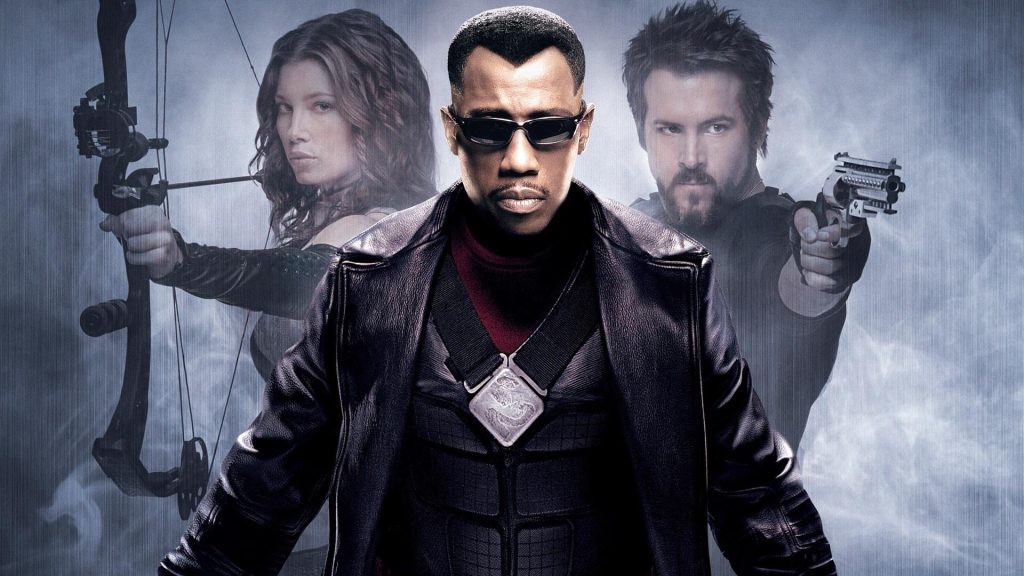
In the third installment in the Blade series, Blade faces his most formidable adversaries yet, a group of vampire leaders known as the Bloodpack, who have resurrected the ancient vampire king, Dracula, also called Drake. As Blade hunts down Dracula, he teams up with a group of vampire hunters Abigail Whistler and Hannibal King. Together, they aim to stop Dracula’s plan to conquer humanity and end the vampire-human conflict once and for all.
Blade: Trinity is often criticized for departing from the darker and more serious tone of the previous Blade films. It introduces humor and quips that are considered out of place in a series known for its grit and intensity. Additionally, Dracula is extremely underutilized. Dracula is a legendary vampire character, but in this film, he is depicted in a way that some fans find underwhelming and lacking the gravitas they expected. His portrayal is considered a missed opportunity.
5. Elektra (2005)
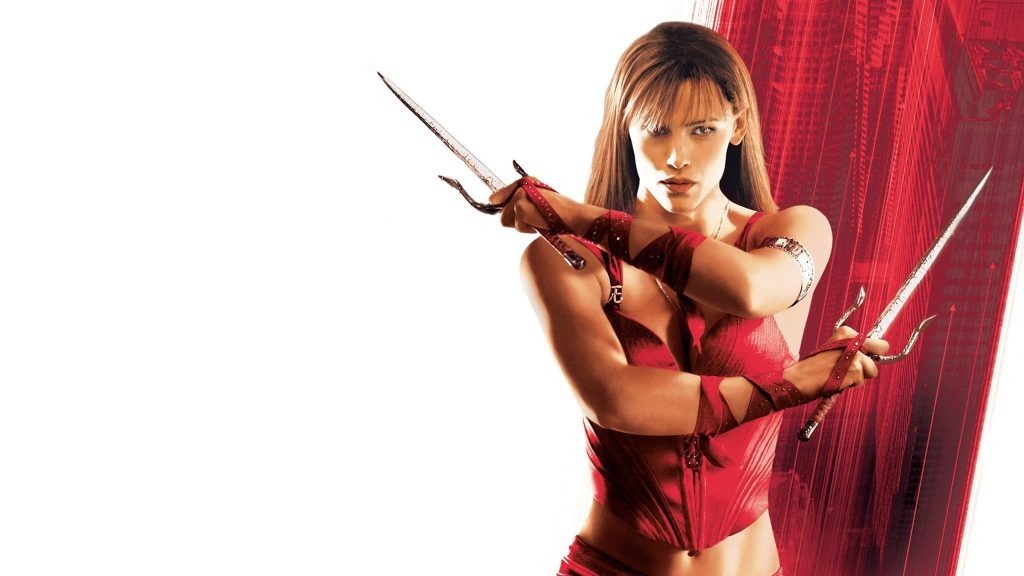
A spin-off from 2003’s Daredevil following Elektra Natchios, a skilled assassin and martial artist. The film follows Elektra’s resurrection by Stick, her former mentor, after her apparent death. Now working as a contract killer, Elektra is assigned to protect a father and daughter, Mark Miller and Abby Miller from a group of supernatural assassins known as the Hand, who seek to eliminate them for unknown reasons. As Elektra safeguards her new charges, she confronts her own inner demons and questions her place in the world of assassins and warriors.
Elektra is often criticized for its simplistic plot and underdeveloped characters. The film fails to provide depth to Elektra’s character, reducing her to a one-dimensional action hero. Despite its focus on Elektra’s internal struggles and her connection with the father and daughter she protects, the film fails to establish a meaningful emotional connection with the audience. Viewers often find it challenging to empathize with the characters.
4. X-Men: Dark Phoenix (2019)

The twelfth installment in the X-Men film series. It centers around Jean Grey, a mutant with powerful telepathic and telekinetic abilities. During a space rescue mission, Jean is exposed to a mysterious cosmic force that enhances her powers but also leads to her losing control of them. As her powers spiral out of control, Jean transforms into the immensely powerful and unstable entity known as the Dark Phoenix. Jean’s internal struggle as she grapples with her newfound abilities, the conflicting interests of the X-Men, and the manipulative influence of an alien entity that seeks to use her powers for its own destructive purposes. The X-Men must decide whether to protect or confront Jean as she becomes increasingly dangerous.
Marvel’s second attempt with the Dark Phoenix story after the failure of X-Men: The Last Stand. This film is often criticized for its handling of one of the most iconic and beloved story arcs in the X-Men comics. Many fans and critics felt that the film failed to capture the epic scale and emotional depth of the original Dark Phoenix Saga. The film also introduces the alien race known as the D’Bari as antagonists, but their motivations and backstories are underdeveloped, making them less compelling as villains.
3. Howard the Duck (1986)
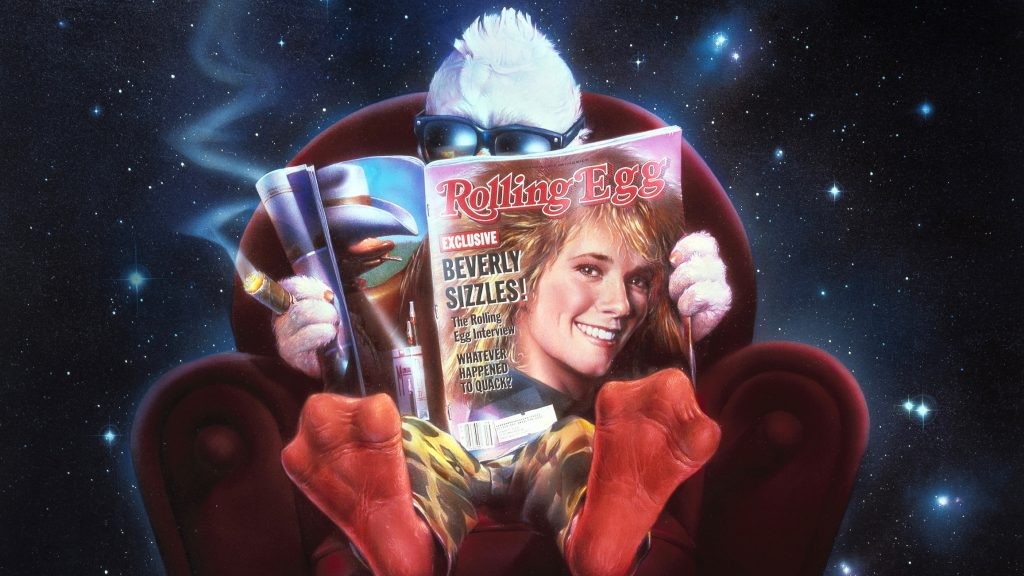
An anthropomorphic duck from a planet called Duckworld named Howard is accidentally transported to Earth through a dimensional portal. Stranded in Cleveland, Ohio, Howard must navigate this strange world while searching for a way back home. Howard forms an unlikely friendship with Beverly Switzler and her friend Phil Blumburtt. Together, they uncover a plot involving an evil scientist and a dark force threatening to conquer Earth.
The film’s premise, featuring a talking, humanoid duck as the protagonist, was perceived as bizarre and unconventional, making it difficult for audiences to relate to or take seriously. Also, the film’s special effects, particularly the animatronic Howard the Duck character, were criticized for being unconvincing and lacking in realism. Howard’s appearance and movements were often seen as off-putting. Finally, Howard’s attempts at humor, often derived from his sarcastic and wise-cracking personality, did not resonate with all audiences and were considered crass or forced by some viewers.
2. Man-Thing (2005)
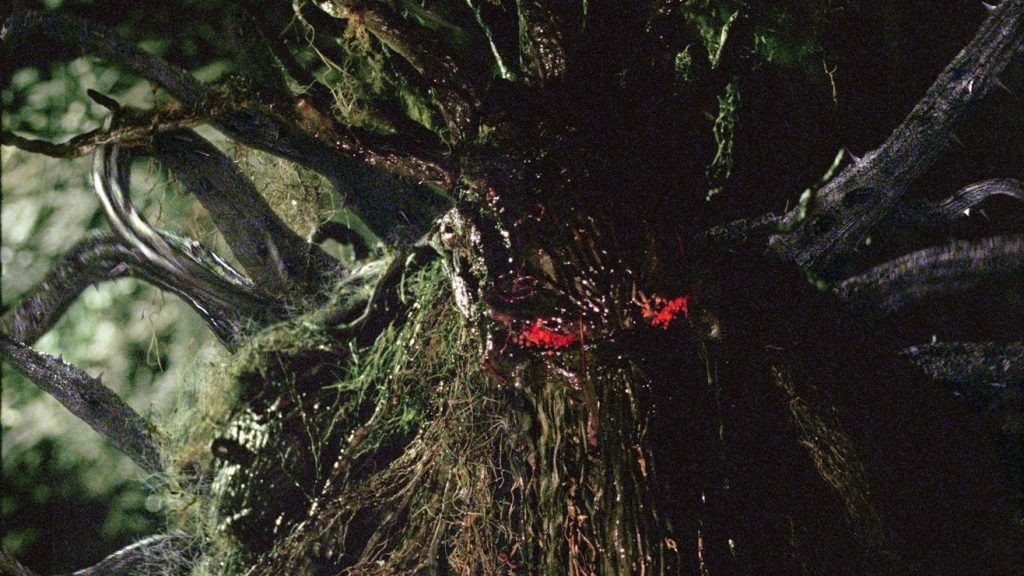
Set in the swamps of the fictional town of Bywater, Louisiana, where mysterious and supernatural events are occurring. A new sheriff, Kyle Williams arrives in town to investigate a series of gruesome murders and confronts the local legends of a swamp-dwelling creature known as the Man-Thing. As the investigation unfolds, it becomes clear that the Man-Thing is a vengeful, supernatural guardian of the swamp, and its powers are tied to the emotions and fears of those who venture into the swamp. As the town’s dark secrets are revealed, Sheriff Williams must confront the ancient creature and the supernatural forces at play.
Man-Thing was produced on a relatively low budget and filmed in Australia, which led to criticisms about its production values and the authenticity of its Louisiana setting. Furthermore, the special effects, particularly the portrayal of the Man-Thing creature, were considered subpar and lacking in realism, which detracted from the horror elements. Lastly, Man-Thing had limited distribution and was not widely promoted, resulting in it being relatively unknown among general audiences and overshadowed by other Marvel properties such as Elektra and Fantastic Four.
1. Fantastic Four (2015)
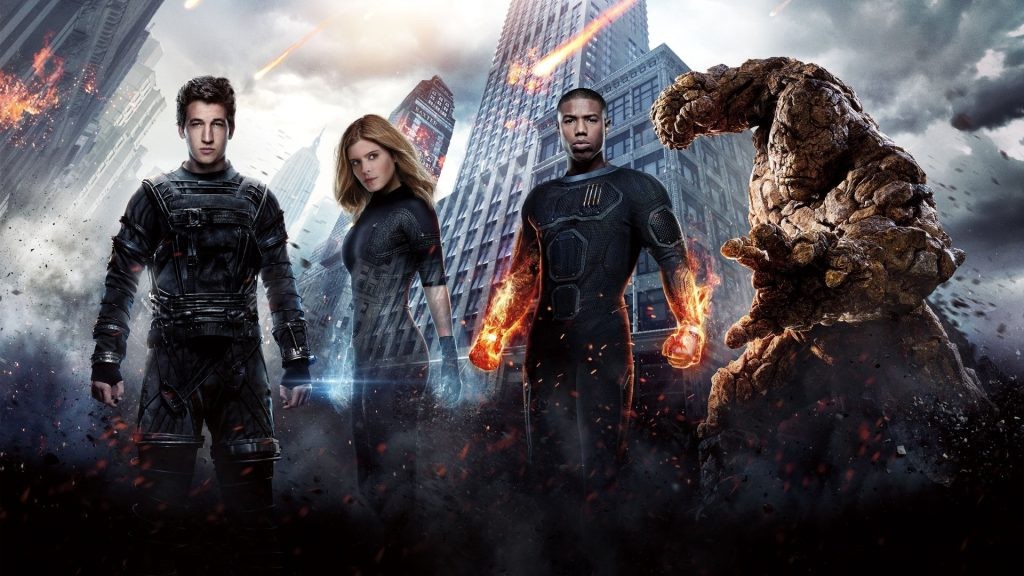
A reboot of Marvel’s First Family. We once again follow a group of young, brilliant scientists who gain superhuman abilities after an experiment goes awry. Reed Richards develops the ability to stretch his body, Sue Storm can turn invisible and create force fields, Johnny Storm engulfs himself in flames and fly, and Ben Grimm transforms into a rock-like creature with superhuman strength. The team, along with their mentor Dr. Franklin Storm must learn to control their newfound powers and work together to prevent the world-threatening dangers posed by Victor von Doom, a former colleague who has undergone a sinister transformation.
Fantastic Four’s pacing and plot left little room for the team to showcase their powers or work together as a unit. The characters spent a significant portion of the movie isolated from one another. Reports of behind-the-scenes conflicts, reshoots, and creative differences plagued the production of the film. These issues contributed to its perceived lack of cohesion and direction. The film received overwhelmingly negative reviews from both critics and audiences, with many citing its lack of coherence, inconsistent tone, and underwhelming execution.
Follow us for more entertainment coverage on Facebook, Twitter, Instagram, and YouTube.

